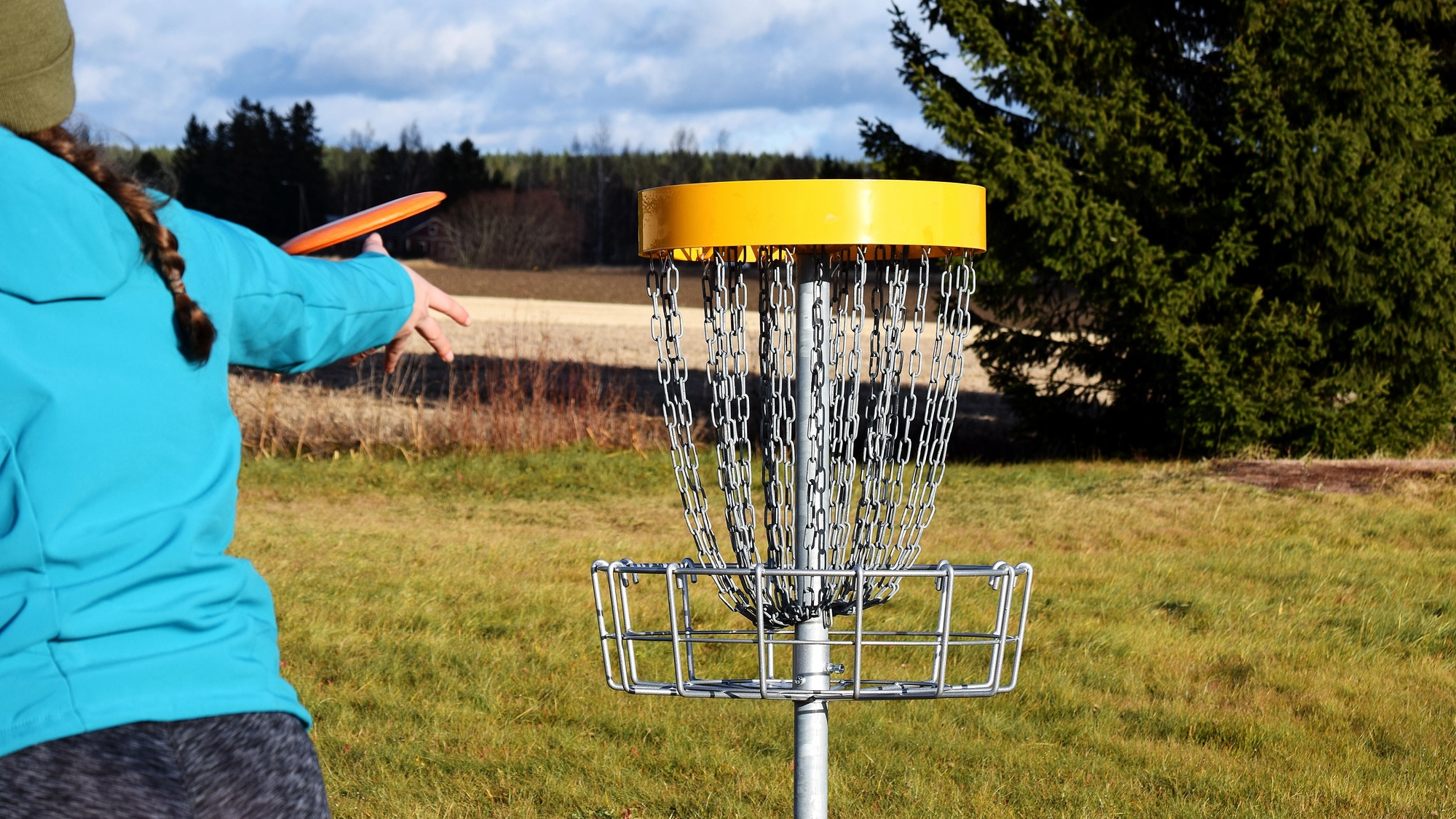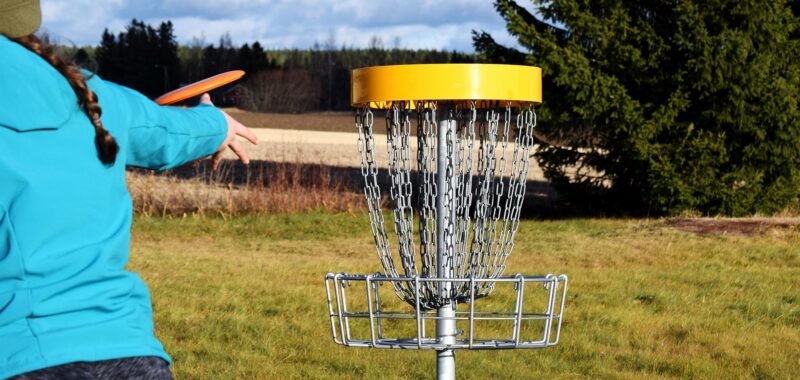
Some of the first research of its kind offers statistics-based suggestions on how disc golf players can get a better grip on their game—it’s mostly in the thumb.
Disc golf has been a staple across college campuses and public parks for a few decades now, and is a much more organized and competitive game than simply tossing around its Frisbee progenitor (although disc golf actually was standardized in part by the iconic toy’s inventor, Ed Headrick). Matches usually take place on 9- or 18-hole courses, and like golf itself, require the use of multiple discs across various weights and diameters. Likewise, scoring mirrors traditional golf pars, typically with baskets attached to poles used in lieu of golf holes.
Despite its popularity, disc golf is a relative newcomer for sports-focused research, according to a team at Georgia’s Berry College. This is especially true when it comes to scientific studies on the best strategies for improving your performance.
“[D]isc golf officially became a professional sport in 1976. As of 2022, the Professional Disc Golf Association (PDGA) reported a total of 130,700 registered members which represents respective 19 percent and 84 percent increases over 1 and 2 year spans, with over 10,000 courses existing worldwide and nearly 9,000 sanctioned events held throughout the year,” they write in a study published on October 22 in AIP Advances. “Even with the growing popularity, there is a general lack of research devoted to the mechanics of disc golf throws.”
To help fill in some of the blanks, researchers decided to look into some of the basic physics involved in disc golf throws. Their analysis now indicates some of the most favorable results for newcomers to the sport can be achieved based on their thumb placement while preparing to toss a disc.
The team recently recruited 24 disc golf players across varying skill level groups as designated by their Professional Disc Golf Association ratings. Each volunteer was then asked to throw a mid-range disc topped with a small TechDisc sensor measuring angular speed, translational speed, and torque. Participants threw five times, with each try differentiated by their thumb placement that ranged between 9.4 cm and 2.61 cm (about 3.7-1 inch) from a disc’s center. That added up to 600 total throws for investigators to analyze. In the end, a Goldilocks zone became clear to them.
[Related: The complicated truth about testosterone’s effect on athletic performance.]
“While the optimal parameters of a disc golf throw may vary based on physical build, arm speed, and other characteristics of the individual, our data suggests that the [roughly] 3 cm position is a sensible starting point for amateur players who might be unsure of where to place their thumb on the disc,” Zachary Lindsey, research lead and co-author, said in an accompanying statement.
Lindsey added that his team was “particularly surprised” to observe an obvious linear correlation between launch speed and spin rate for every throw during the study. So, if you want a higher spin rate, you’ll probably need to primarily work on your throw speed first.
While the study’s authors stipulated that similar trials are needed across various disc sizes to further confirm their conclusion, they’re confident the 3cm rule is a solid starting point for players hoping to improve their overall performance. In the meantime, Lindsey expressed his hope that this initial experiment will inspire similar research in the future.

